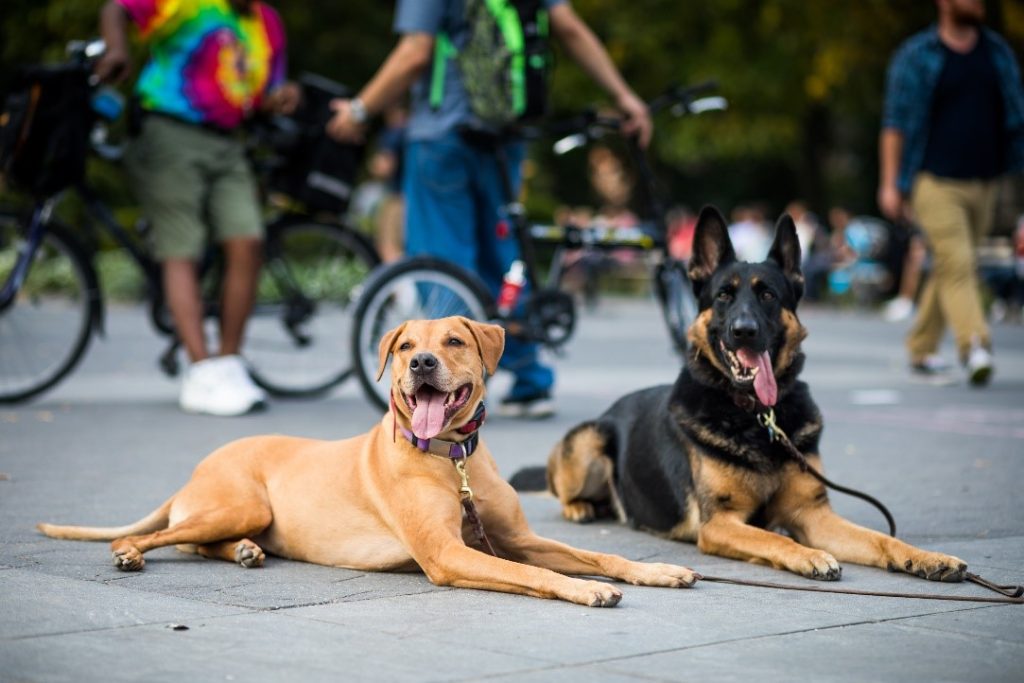Dog Training Behavior Modification
Identify the behavior: Determine the specific behavior that needs modification. It could be anything from excessive barking, jumping on people, aggression, separation anxiety, or any other unwanted behavior.
Understand the cause: Try to determine the root cause of the behavior. It could be due to fear, lack of socialization, boredom, anxiety, or other factors. Understanding the underlying cause will help tailor the training approach accordingly.
Positive reinforcement: Positive reinforcement is a powerful training technique that involves rewarding desired behaviors to encourage their repetition. When the dog exhibits the desired behavior, provide treats, praise, or other rewards immediately. This helps the dog associate the behavior with positive outcomes and increases the likelihood of them repeating it.

Counterconditioning: Counterconditioning involves changing the emotional response associated with a particular stimulus or situation. For example, if a dog exhibits fear aggression towards strangers, gradually exposing them to strangers in a controlled and positive environment while rewarding calm behavior can help change their emotional response.
Desensitization: Desensitization involves gradually exposing the dog to the stimulus that triggers the unwanted behavior, starting with a very mild or distant version of it, and gradually increasing intensity or proximity over time. This helps the dog become more comfortable and less reactive to the trigger.
Management and prevention: While working on behavior modification, it’s important to manage the environment to prevent the dog from engaging in the unwanted behavior. This may involve using barriers, leashes, or other tools to control the dog’s access to certain stimuli or situations.
Consistency and patience: Behavior modification takes time and consistency. It’s essential to be patient and persistent in your training efforts. Consistency in applying the training techniques and expectations across different situations will help the dog understand what is expected of them.
